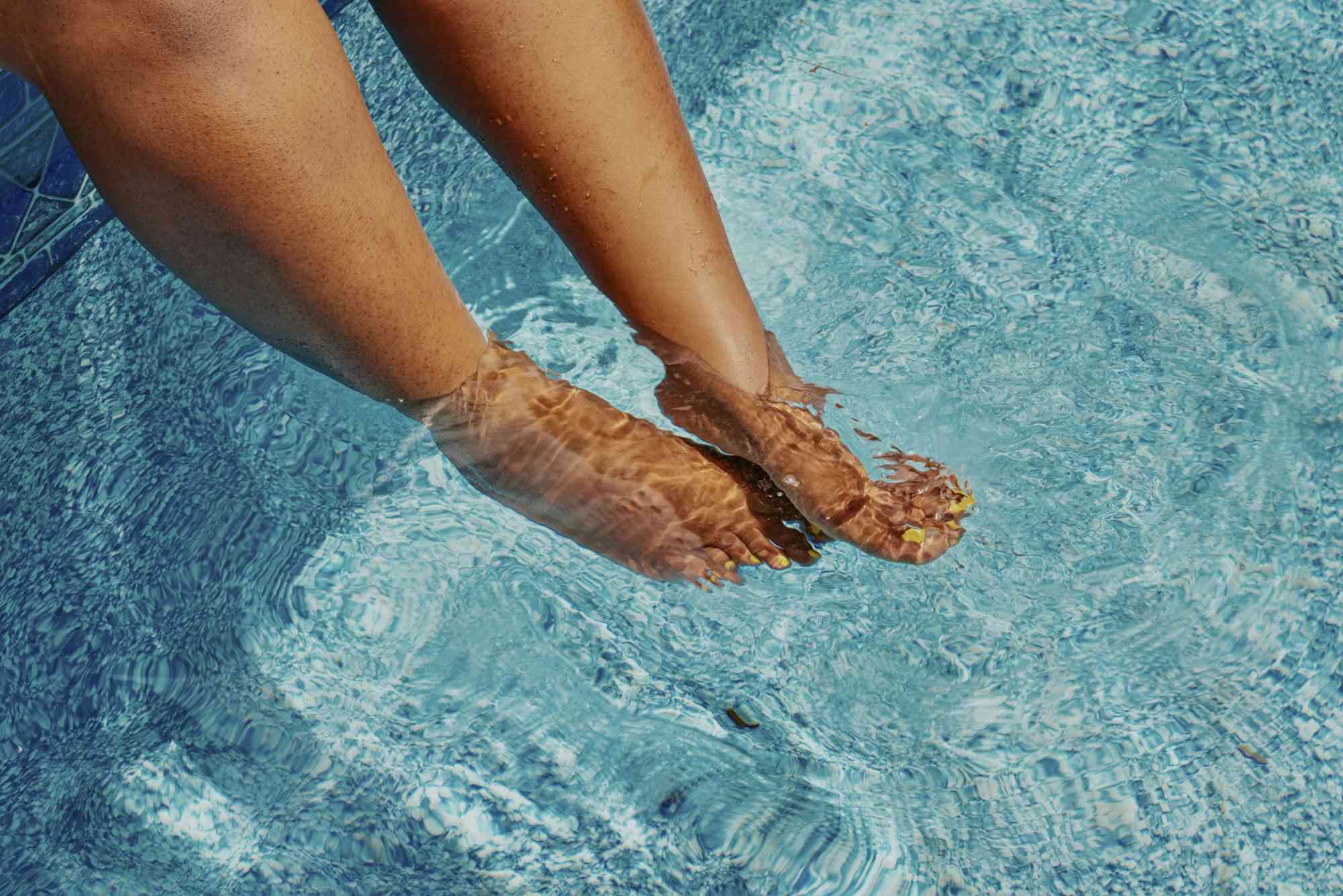Maintaining a Crystal Clear Oasis: A Guide to Shocking Your Pool
A sparkling swimming pool is an enticing invitation to cool off on a hot summer day. But keeping your pool clean and healthy requires regular maintenance, including the essential process of shocking. This comprehensive guide dives into the world of pool shocking, explaining why it’s necessary, how to do it safely and effectively, and how long to wait before taking a refreshing dip after shocking your pool.
What is Pool Shocking?
Shocking, also known as superchlorination, is a process that rapidly increases the chlorine level in your pool water to a much higher level than usual. This elevated chlorine concentration aims to eliminate contaminants like bacteria, algae, and combined chlorine (chloramines), which can cause unpleasant odors and irritate swimmers’ eyes.
Why is Shocking Your Pool Important?
Regular chlorine application keeps your pool sanitized, but over time, chlorine can combine with organic matter like sweat, sunscreen, and leaves, forming chloramines. These chloramines are less effective at killing bacteria and contribute to that distinct “pool smell.” Shocking your pool raises the chlorine level above the breakpoint, where it can effectively break down these combined chloramines and eliminate other contaminants, restoring sparkling clear water and a refreshing swimming experience.
How Often Should You Shock Your Pool?
The frequency of pool shocking depends on several factors, including:
- Swimming frequency: Heavily used pools require more frequent shocking compared to those used less often.
- Weather conditions: Hot, sunny weather promotes algae growth and necessitates more frequent shocking.
- Bather load: More swimmers contribute more organic material to the water, requiring more frequent shocking.
As a general rule, it’s recommended to shock your pool:
- Weekly: During peak swimming season (hot weather and frequent use).
- Bi-weekly: During moderate pool use.
- Monthly: During off-season or minimal pool use.
However, it’s always best to test your pool water regularly and shock it when the free chlorine level falls below a certain point (usually around 3 ppm) or if you notice a rise in combined chlorine or visible algae growth.
How to Shock Your Pool Safely and Effectively
Shocking your pool requires some preparation and following safety guidelines:
- Test your pool water: Before shocking, check your pool’s free chlorine and pH levels. The ideal pH level for shocking is between 7.2 and 7.8. Adjust the pH if necessary using a pH increaser or decreaser.
- Choose the right shock: There are different types of pool shock available, like granular chlorine shock or liquid chlorine. Select the type appropriate for your pool size and follow the manufacturer’s instructions for dosage.
- Run the pool filter: Ensure your pool filter is running continuously for at least 24 hours after shocking to distribute the chlorine effectively throughout the water.
- Stay out of the pool: Do not swim in the pool while it’s being shocked or until the free chlorine level returns to a safe swimming range (usually around 3 ppm).
Table: Safe Swimming After Pool Shocking
| Time After Shocking | Possible Considerations | Reference |
|---|---|---|
| Immediately after | Unsafe due to high chlorine levels | Centers for Disease Control and Prevention (.gov) https://www.cdc.gov/healthy-swimming/about/index.html |
| Up to 24 hours | Chlorine levels may still be high, wait for further testing | National Swimming Pool Foundation (.org) [invalid URL removed] |
| After free chlorine level reaches 3 ppm | Safe to swim | National Swimming Pool Foundation (.org) [invalid URL removed] |
FAQ: Pool Shocking and Safety
Q: How long after shocking a pool can you swim?
The general recommendation is to wait at least 24 hours after shocking your pool before swimming. However, the most reliable indicator is the free chlorine level in your pool water. It’s safe to swim when the free chlorine level returns to a safe range, typically around 3 ppm. Test your pool water after shocking to determine the exact waiting time.
Q: Can I shock my pool while people are swimming?
No, it’s not safe to swim in the pool while it’s being shocked due to the high chlorine levels. The strong chlorine concentration can irritate swimmers’ eyes and skin.
Q: What happens if I accidentally swim in a recently shocked pool?
If you accidentally swim in a recently shocked pool, you may experience eye irritation.
Q: Are there any alternatives to shocking my pool?
Shocking is a highly effective method for sanitizing your pool and eliminating contaminants. However, some alternative methods can help maintain water quality and reduce the frequency of shocking:
- Maintain proper chlorine levels: Regularly test and adjust your pool’s chlorine level to prevent a buildup of combined chlorine and the need for frequent shocking.
- Shock at the first sign of trouble: Address algae growth or cloudy water promptly with a lower dose of shock to prevent more severe issues requiring a full-fledged shock treatment.
- Use a pool oxidizer: Non-chlorine shock alternatives, like pool oxidizers, can help break down combined chlorine and organic matter, reducing the need for frequent shocking. However, these may not be as effective in eliminating all contaminants.
Conclusion
Shocking your pool is a crucial step in maintaining a clean, healthy, and inviting swimming environment. By understanding the purpose of shocking, proper techniques, and safety precautions, you can ensure your pool stays sparkling clear and safe for everyone to enjoy. Remember, test your pool water regularly, shock when necessary, and wait for the chlorine level to return to a safe range before taking a refreshing dip!






More Stories
Where to Watch USMNT vs Jamaica National Football Team
How I Met My Monster
How Should a Ring Fit